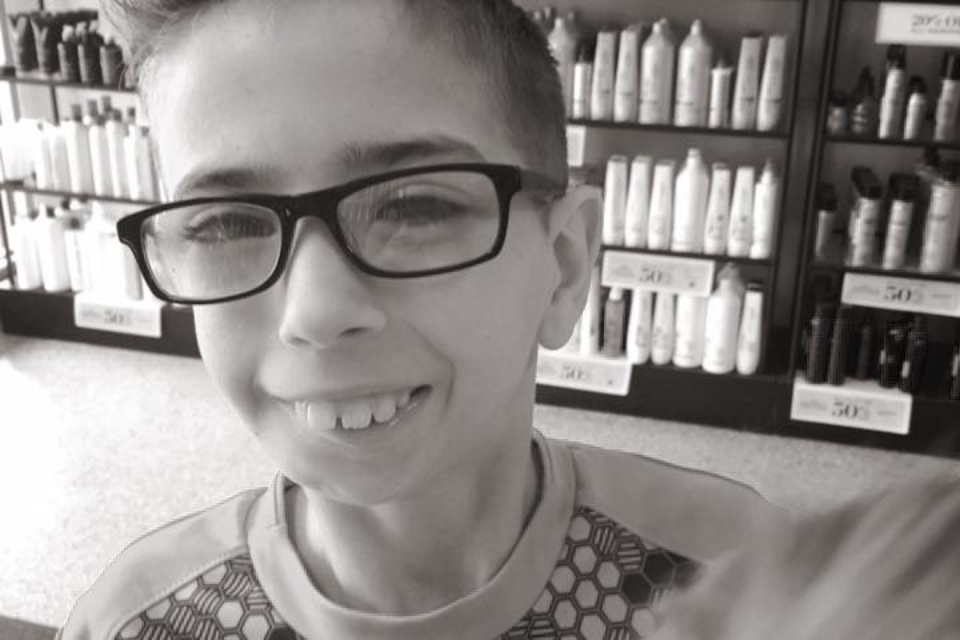International Biosciences on Goldenhar Syndrome
International Biosciences on Goldenhar Syndrome
International Biosciences offers a broad range of DNA testing, paternity testing, health testing and DNA ancestry services designed to provide you with clear answers to emotional questions. Whether you seek to establish paternity, prove siblingship or research genealogy, for legal or peace of mind purposes, we can help. Using state of the art technology offered by an internationally accredited laboratory, which we have vetted for their professional standards and track record, we are able to provide you with conclusive evidence on time, every time, professionally and confidentially. Contact us for more information about DNA testing by clicking here IBDNA
We also have published articles about rare genetic diseases and we think the more information there is out there the better it is for sufferers and health professionals. Below is a short summary of Goldenhar syndrome which is a congenital birth defect that cannot be detected using a prenatal DNA test.
Goldenhar syndrome, also known as Oculo-Auriculo-Vertebral (OAV) syndrome, is congenital birth defect. The actual term Oculo-Auriculo-Vertebral (OAV) syndrome refers to three main possible variations of the disorder with Goldenhar syndrome being the most severe.
The medical name itself is indicative of how the condition affects the sufferer, since the term Oculo-Auriculo refers to the eyes (Oculo) and ears (Auriculo).
Goldenhar Syndrome
Goldenhar Syndrome is a condition which results in facial deformities in babies. The ears and jaw are the main parts to be affected as well as the eye sockets. Typically, the ears appear to be very small or misshapen and the muscles of the face are underdeveloped or incompletely developed (a condition known medically as hypoplasia). Often incongruence in structure and shape between the upper jaw and lower jaw cause dental problems and may affect speech and swallowing. The condition is prevalent in males (around 70% of suffers are in fact male).
Prenatal testing for Goldenhar Syndrome
Prenatal diagnosis of Goldenhar Syndrome is possible with considerable accuracy using ultrasonography. Asymmetrical facial features may indicate the condition. Oculoauriculovertebral dysplasia can be diagnosed in a fetus at 15 weeks’ gestation. The condition is not believed to be hereditary although some studies have shown a familial relationship which suggests there is a hereditary component to the condition. Because no specific genes have been linked to this condition, prenatal DNA testing cannot be used to diagnose the condition.
Other Names for condition include:
- oculo-auriculo-vertebral spectrum (OAVS)
- Goldenhar-Gorlin syndrome or
- facio-auriculo-vertebral dysplasia
The condition can be of two types, depending on whether the effects remain localized to facial deformities or whether malformations affect other parts of the body.
- Hem-facial microsomia refers to when the syndrome only affects the face – namely the ears and the jaw. This terms in such cases is the correct term to use in place of Goldenhar Syndrome
- Goldenhar Syndrome refers to a combination or a triad of anomalies which includes both the facial deformities mentioned above as well as malformations of the vertebra in the neck region. This is sometimes referred to as ‘oculoauricular vertebral dysplasia’
The condition does not affect the brain and children with Goldenhar Syndrome are of normal intelligence. Maxillofacial surgery and other types of surgery may help improve the jaw.
Genetic Predisposition DNA Testing with IBDNA


